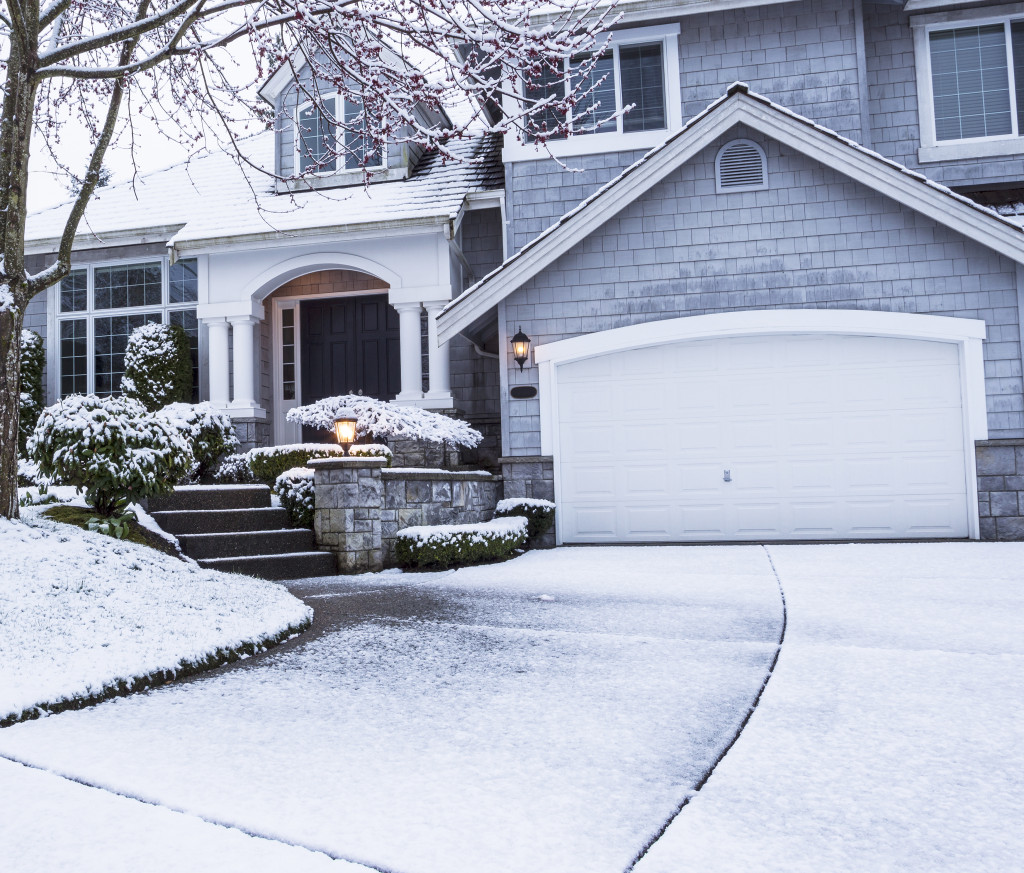As the temperatures start to drop and the leaves begin to change color, it’s time to start thinking about weatherproofing your home. Whether you live in an area that experiences all four seasons or somewhere that only has two, there are a few practical ways to prepare your home for whatever Mother Nature throws your way.
Keep your roof in excellent condition
One of the most important things you can do to weatherproof your home is to check your roof. Inspect shingles and flashing to ensure no loose or missing pieces. If you have a metal roof, look for any rust spots and ensure that all the screws are tight. It’s also a good idea to clear any debris, such as leaves or branches, off your roof so that it doesn’t cause any damage if a strong wind blows through.
It would also be ideal to conduct a professional roof inspection every few years to check for any problems you may not be able to see from the ground. Metal roofs are becoming increasingly popular because they offer excellent protection against all types of weather. If your roof is starting to show signs of wear, it may be time to call professional metal roofing contractors who can give you an estimate for a new roof. They can make your roof look like new again and ensure that it will withstand any type of weather.
Invest in quality windows and doors
Another way to weatherproof your home is to invest in quality windows and doors. If your windows are old and drafty, they’re not doing an excellent job of keeping the cold air out. The same goes for doors that don’t fit snugly against the frame. You can save money on your energy bills by investing in new windows and doors that will seal out the elements and keep your home more comfortable year-round.
In addition to new windows and doors, you may also want to consider adding weatherstripping or caulking around them. This will help to further seal out any drafts and keep your home more comfortable.
Prepare your gutters for the winter months

Another practical way to weatherproof your home is to prepare your gutters for the winter months. Suppose you live in an area that experiences a lot of snow. In that case, it’s essential to ensure that your gutters are clear of any debris so they can properly drain. Otherwise, the weight of the snow could cause them to collapse.
You should also consider installing gutter guards to keep leaves and other debris from clogging your gutters. This will help ensure they stay clear and functioning properly all winter long.
Bring in any outdoor furniture
Outdoor furniture is a great way to enjoy your garden or patio, but it can be a pain when the weather turns bad. If you don’t want to have to bring everything inside every time a storm comes, there are some things you can do to weatherproof your furniture. First, clean and dry it before storing it for the winter. This will help to prevent mold and mildew from forming. Second, consider using a sealant or varnish on any wood furniture. This will provide an extra layer of protection against moisture and sun damage.
Finally, invest in some good quality covers for your furniture. Heavy-duty covers made from materials like PVC or polyester will help to keep your furniture dry and protected from the elements. These simple steps allow you to enjoy your outdoor space all year round without worrying about the weather.
Seal up any cracks or gaps
If you want to weatherproof your home, one of the most important things you can do is to seal up any cracks or gaps. These openings can let in drafts, moisture, and pests and contribute to heat loss in the winter and heat gain in the summer. Fortunately, sealing cracks and gaps is relatively easy, and it can make a big difference in the comfort of your home. Start by walking around your home and looking for any places where there might be gaps or cracks.
Pay particular attention to areas around doors and windows, as well as places where plumbing or electrical lines come into the house. Once you’ve identified all the potential problem areas, take some time to seal them up. You can use caulk for smaller openings, while larger openings may need to be sealed with weatherstripping or expanding foam insulation.
Final thoughts
By taking a few simple precautions, you can help protect your home from whatever Mother Nature throws your way this fall and winter. From inspecting your roof to stocking up on emergency supplies, there are a number of practical ways to weatherproof your home.

